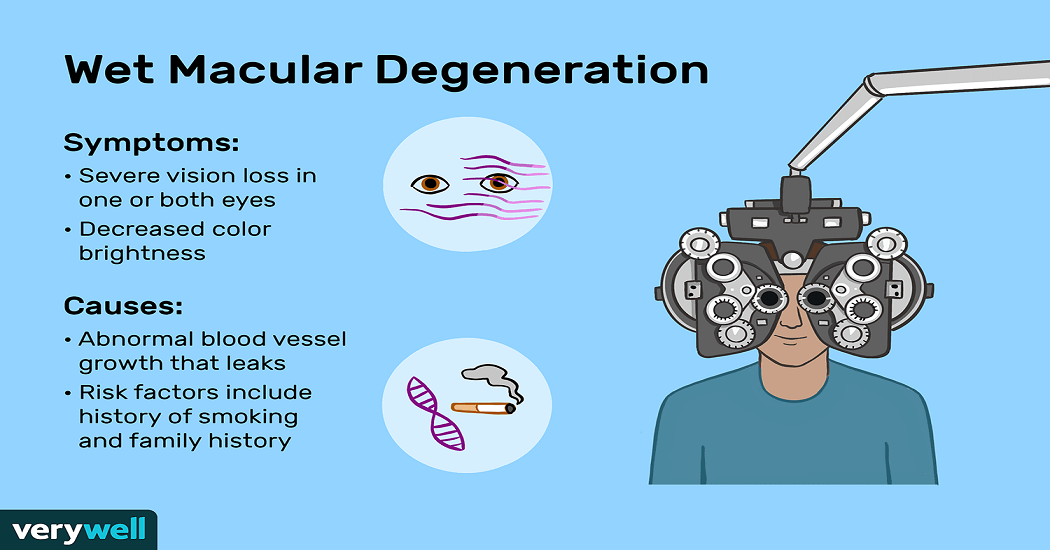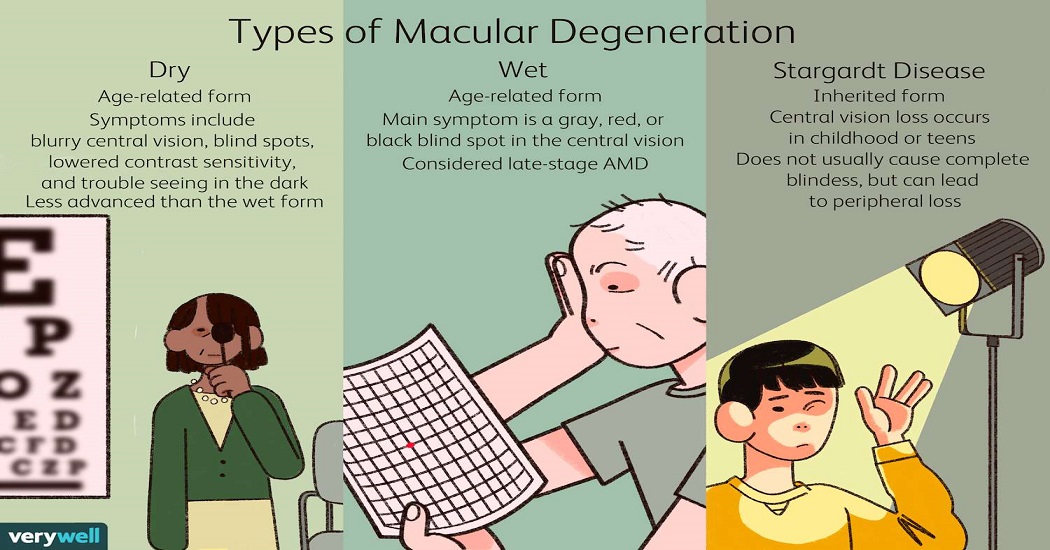Wet macular degeneration is serious eye condition that can lead to vision loss. Despite its significance, there are many myths about this disease. Let’s debunk some of the most common myths surrounding wet macular degeneration to help you understand it better.
Myth 1: Wet Macular Degeneration Only Affects the Elderly
While it’s true that wet macular degeneration is more common in older adults, it’s not exclusive to them. This condition can also affect younger individuals, particularly those with a family history of the disease or certain genetic factors. Age is a significant risk factor, but it’s not the only one. Even younger people need to be aware of their eye health and get regular check-ups.
Myth 2: There’s Nothing You Can Do to Prevent It
Many people believe that if you’re destined to get wet macular degeneration, there’s nothing you can do about it. This is not true. While you can’t change your age or genetic predisposition, you can adopt a healthy lifestyle to reduce your risk. Eating a diet rich in leafy greens, fish, and nuts, avoiding smoking, and protecting your eyes from excessive sunlight can all help lower the risk. Regular exercise and maintaining healthy weight are also beneficial.

Myth 3: Wet Macular Degeneration Leads to Total Blindness
Another common myth is that wet macular degeneration will inevitably lead to total blindness. Although it can cause significant vision loss and affect your central vision, it doesn’t typically lead to complete blindness. Many people with this condition retain some peripheral vision. Early detection and treatment can also slow the progression and preserve vision, allowing individuals to maintain a good quality of life.
Myth 4: Only People with Vision Problems Need Eye Exams
Regular eye exams are essential for everyone, not just those with vision problems. Wet macular degeneration can develop silently, without any initial symptoms. Routine eye check-ups can detect early signs of the disease, allowing for timely intervention and better outcomes. Early treatment is crucial in managing wet macular degeneration effectively and preventing severe vision loss.
Myth 5: Treatment for Wet Macular Degeneration is Ineffective
Many people think that once diagnosed with wet macular degeneration, there’s little that can be done. However, this is far from the truth. Advances in medical treatments, such as anti-VEGF injections, can help slow the progression of the disease and, in some cases, even improve vision. Laser therapy and photodynamic therapy are other options that can be effective depending on the individual case. Regular follow-ups with an eye specialist are necessary to monitor the condition and adjust treatment as needed.

Conclusion
Understanding the facts about wet macular degeneration is essential for prevention and management. By debunking these common myths, we can encourage better eye health practices and promote early detection and treatment. If you have concerns about your vision, don’t hesitate to schedule an eye exam and discuss any potential risks with your eye care professional.
FAQs
1. What is wet macular degeneration?
Wet macular degeneration is an eye disease that affects the macula, the part of the retina responsible for sharp, central vision. It occurs when abnormal blood vessels grow under the retina and leak fluid or blood, causing rapid vision loss.
2. Can wet macular degeneration be cured?
There is no cure for wet macular degeneration, but treatments are available that can slow its progression and even improve vision in some cases. Early detection and ongoing treatment are key to managing the condition effectively.
3. How often should I get my eyes checked if I’m at risk?
If you are at risk for wet macular degeneration, you should have a comprehensive eye exam at least once a year. Your eye doctor may recommend more frequent check-ups depending on your individual risk factors and eye health.
4. Are there any lifestyle changes that can help prevent wet macular degeneration?
Yes, adopting healthy lifestyle can help reduce your risk. This includes eating a balanced diet rich in leafy greens and fish, avoiding smoking, protecting your eyes from excessive sunlight, exercising regularly, and maintaining a healthy weight.
5. What are the early signs of wet macular degeneration?
Early signs of wet macular degeneration include blurry vision, straight lines appearing wavy, dark or empty areas in the center of your vision, and difficulty recognizing faces. If you notice any of these symptoms, see an eye doctor immediately for a thorough examination.